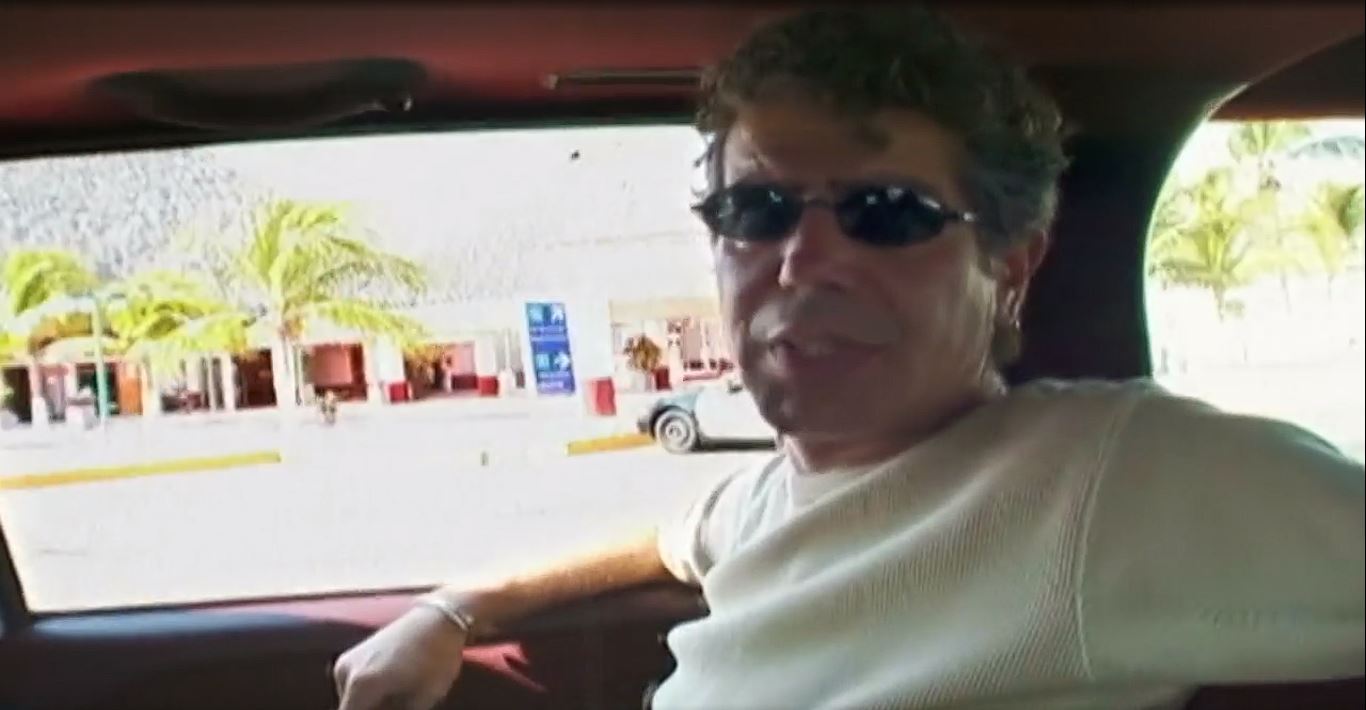Thai food is all the rage, right now. Yet there are plenty (plenty!) of bad Thai restaurants. A bad Thai restaurant is usually held by either immigrants from other countries trying to cash in on the fad, or simply farangs with too much cash who think opening a restaurant is a cool endeavour. Unfortunately, this means that some burgeoning foodie might give Thai food a chance for the first time, but do it at the wrong restaurant. Result? Said hopeful gourmet might go right back to eating at the Clown’s. Because bad Thai food can be appallingly disgusting. As opposed to great Thai food – which is one of the most intriguing treats on the planet.
Here are my personal tricks on how to tell a good Thai restaurant from a bad Thai restaurant.
Beware of pan-Asian in a Thai restaurant
Don’t blame the restaurant owners. Blame the dumb customers.
Let me explain.
Long before the whole foodie thing was a thing, immigrants from all over Asia came to “the Western world” in order to build a new, better life for themselves. According to the World Bank, in 2011 in China alone, 128 million people lived with less than a dollar USD a day.
To put that in perspective, that’s 3.5 times the population of the whole country of Canada.
Many of them who come don’t speak the language very well. Some of them have skills, but can’t use them because their degrees aren’t recognized by their new host country.
So what do they do? Own convenience stores, work as cooks and open restaurants.
In order to please to the majority, they offer food that’s edited according to what they perceive to be the local taste.
Here’s a great example: in the tiny town of Hearst, ON in Canada, a Chinese restaurant serves buttered toast with its meals. It’s called King’s Café. How Chinese is that? Absolutely zero.
So when you take a look at the menu of a Thai restaurant and you see wontons, samosas, tempura… or even toasts… walk away.
READ: Bangkok Thai Cuisine Is On Top Of The World
The length of the menu
This isn’t exclusive to bad Thai restaurants. If you walk into a restaurant and pick up the menu and the number of items available is greater than 20, walk away. It’s impossible to keep that many fresh ingredients. The food will inevitably come from the freezer, or worse, be half-spoiled.
Is there coconut milk everywhere?
Many of us link Thai food with coconut milk curries. Yet coconut milk is only used in southern Thai food. Of course, plenty of customers want to have their coconut green curry, which is fine and dandy – I find them delicious myself – but the presence of coconut milk in every dish is a tell-tale of a bad Thai restaurant.
Fresh kaffir lime leaf
Many Thai recipes call for kaffir lime leaf. It can be used fresh or dry. At home, I use the dry stuff – it’s much easier to store and keep – but a serious Thai restaurant should have fresh kaffir lime leaf.
READ: The 8 Dishes You Must Eat In Bangkok
No pad thai
Is the infamous pad thai absent from the menu? Good. Sit down and take a look around… and order what others are having. This might just be a interesting meal.
Heat levels
Of course, Thai food is one of the hottest. And of course, Thai restaurants located in “the Western world” will probably offer to adjust heat levels. But if you’re looking for a very good Thai restaurant, then you’re probably better to eat in restaurants that indicate the level of heat for each dish, but don’t offer to adjust them: pick something that’s not hot if you can’t handle it. That way, you’ll have a better chance to have an authentic experience.
Peanut sauce
This one’s a little bit trickier, but it can still be a great “tell”: in Thailand, peanut sauce isn’t poured over every single dish. It’s usually reserved as a dipping sauce for certain satays. If there’s peanut sauce on offer for every dish, you’re in the wrong Thai restaurant!









Comments are closed.